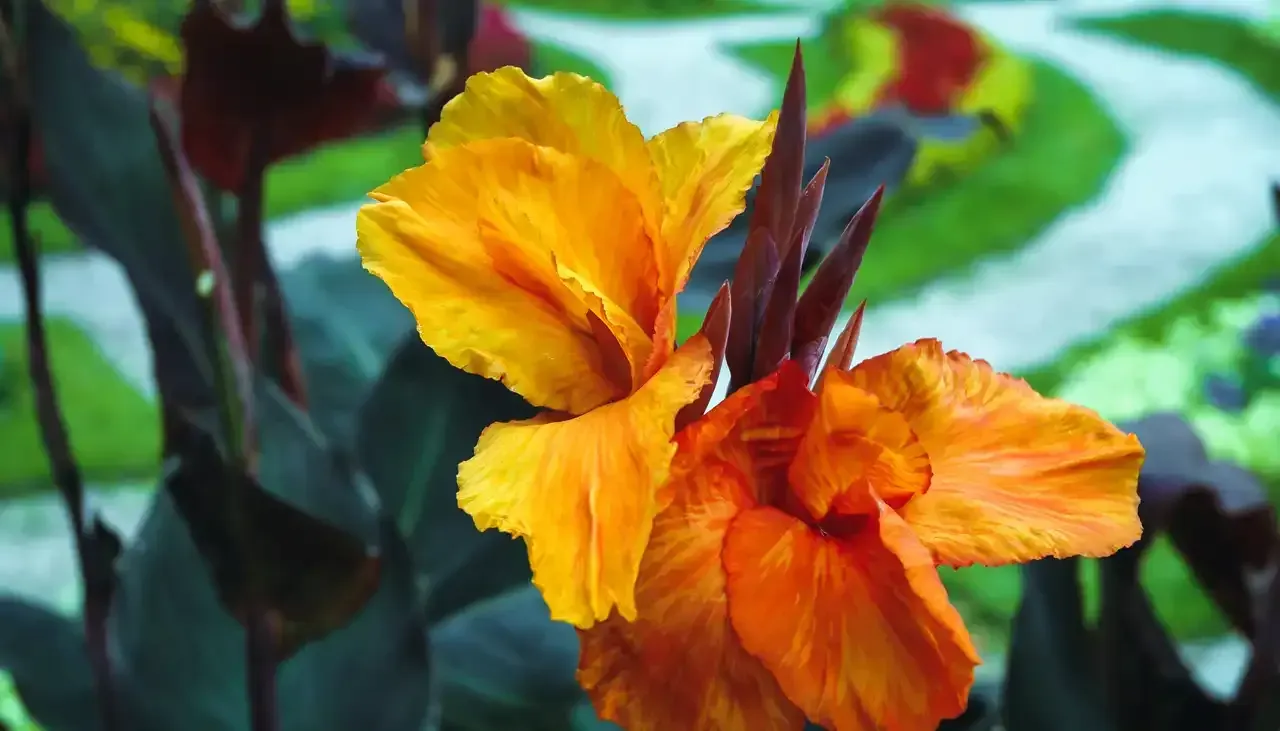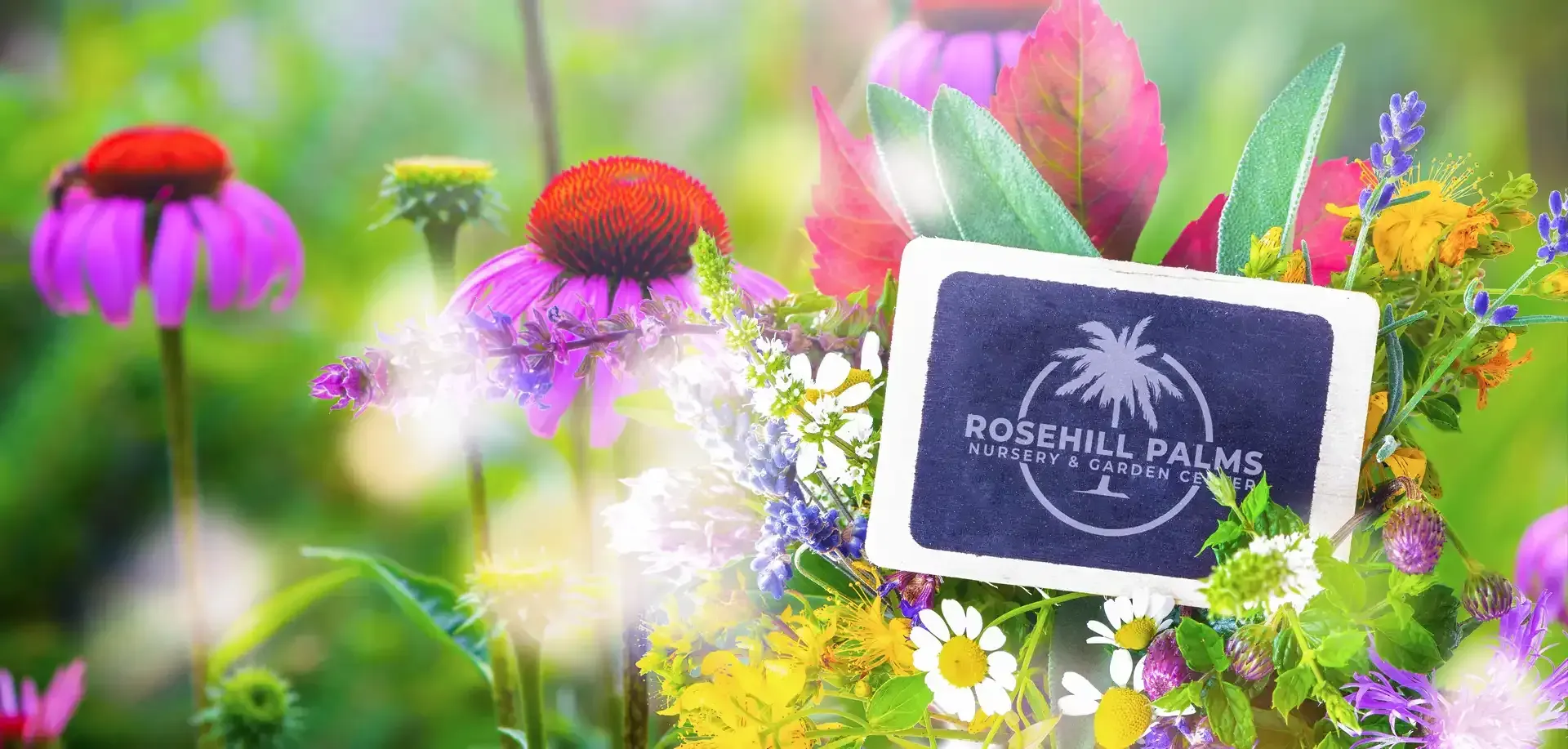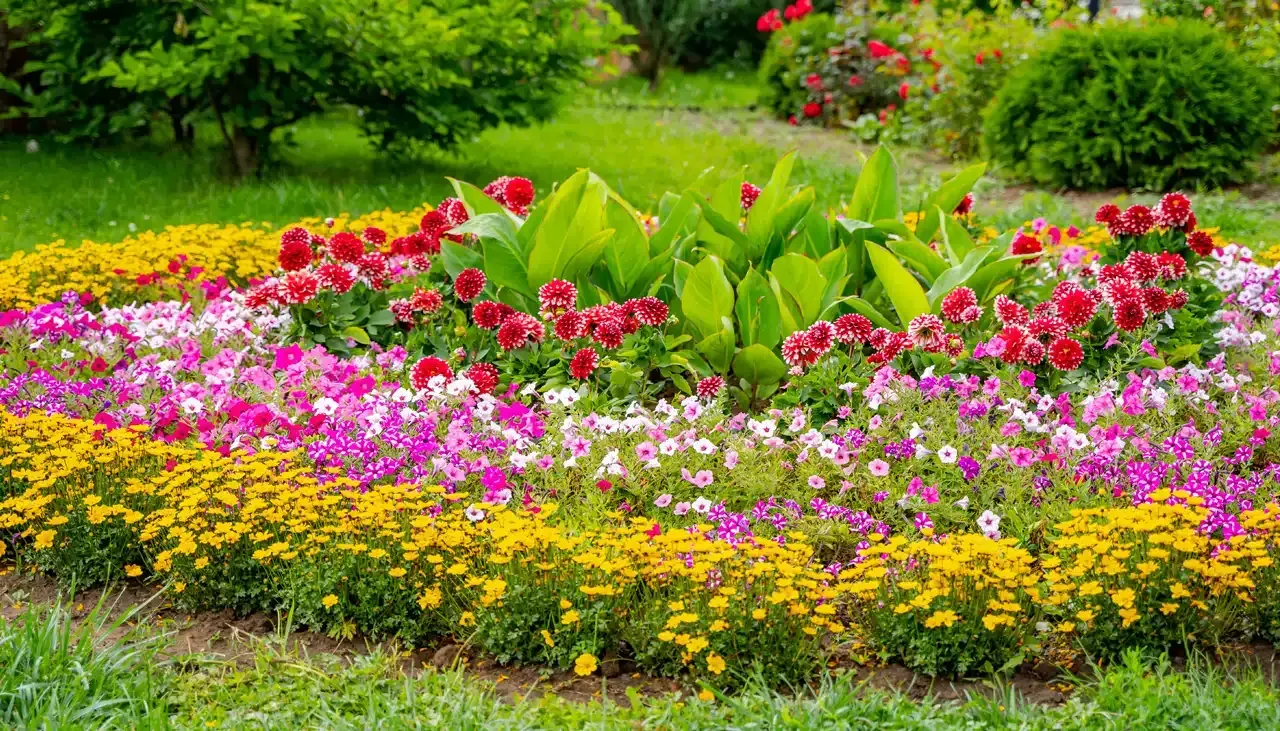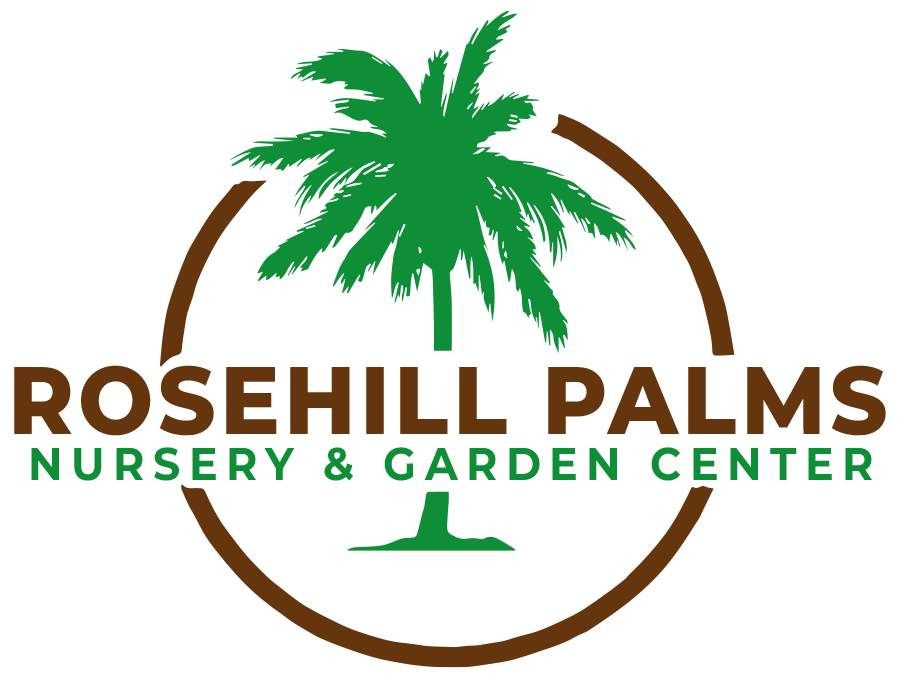Difference Between Buying Young Trees and Mature Trees
Difference Between Buying Young Trees and Established/Mature Trees
What is a “Young Tree”
A young tree, often referred to as a sapling, is a tree that is still in its early stages of growth. These trees are typically under five years old and are smaller in size, making them easier to transport and plant.
Benefits of Choosing a Young Tree
1. Cost-Effective
One of the primary benefits of purchasing a young tree is the cost. Young trees are generally much cheaper than their mature counterparts. If you’re working with a limited budget, saplings allow you to buy more trees for the same price as one mature tree.
2. Ease of Planting
Young trees are smaller, making them easier to plant and transport. You can handle them with minimal equipment, meaning you won’t need special machinery or professional help to get them in the ground.
3. Adaptability
Young trees are often more adaptable to new environments because they are still developing. This makes them more likely to adjust to your soil, climate, and space conditions, provided they receive proper care.
Why A Young Tree Might Not Be The Right Tree For You
1. Longer Time to Maturity
One of the major downsides of young trees is that they take longer to reach full maturity. If you want instant shade or visual impact, a young tree may not provide that in the short term. It could take several years or even decades for the tree to grow to its full size.
2. Vulnerability
Young trees are more vulnerable to environmental stressors like pests, diseases, drought, and extreme weather conditions. They require more attention in their early years to ensure they survive and thrive.
3. Maintenance Needs
Young trees require regular watering, fertilization, and pruning in the early stages of growth. Without proper care, they may struggle to establish themselves and can be easily damaged by wind or poor soil conditions.
What is a “Mature Tree”
A mature tree, also known as an established tree, has reached a significant portion of its growth, often 10-20 years old or older. Mature trees are much larger and provide immediate benefits such as shade, aesthetic appeal, and environmental value.
Benefits of Choosing a Mature Tree
1. Instant Impact and Increased Property Value
One of the biggest advantages of buying a mature tree is its immediate visual impact on your landscape. Mature trees provide instant shade, privacy, and beauty, almost overnight, transforming a bare yard into a lush, green space. Homes with large, mature trees are often more attractive to buyers and can increase property value due to their immediate curb appeal and environmental benefits.
2. Reduced Vulnerability
Unlike young trees, mature trees are more resistant to environmental stressors. They are less likely to be affected by pests or diseases and can better withstand extreme weather conditions like storms or droughts.
3. Less Maintenance
Mature trees often require less day-to-day maintenance compared to younger trees. While regular care is still needed, they don’t need the same level of attention in their early years as young trees do.
Why A Mature Tree Might Not Be The Right Tree For You
1. Higher Cost
The biggest drawback of buying mature trees is the cost. Due to their size, the resources required to grow them, and the cost of transportation and planting, mature trees can be expensive. This makes them less accessible for homeowners working within a tight budget.
2. Challenging to Plant
Mature trees are large and heavy, requiring specialized equipment to plant. This can make the planting process more complicated and costly, often requiring professional help. Many nurseries selling mature trees will offer a delivery and installation service at an extra charge. Additionally, the roots of mature trees are more sensitive to being disturbed, which means planting must be done carefully to avoid damaging them.
3. Limited Adaptability
Mature trees may struggle to adapt to new environments, especially if they were grown in a controlled nursery setting. The shock of being transplanted can lead to slower growth or, in some cases, the tree not surviving.
Factors to Consider About Your Space When Choosing Tree
Choosing between a young or mature tree depends not just on personal preference but also on the specific needs of your landscape. Several factors about your space will influence which option is best for you.
Space and Location Needs
Young trees require less space initially, which can be beneficial if your yard is small or if you plan to plant multiple trees. However, you need to consider the tree's eventual size and make sure you have enough space for it to grow without interfering with nearby structures or other plants. Mature trees, on the other hand, will need a larger space upfront.
Consider the location of your trees in relation to your home, driveway, and any underground pipes or utilities. Some tree species have aggressive root systems that can cause damage if planted too close to buildings or other structures.
Climate and Soil
Different trees thrive in different climates and soil types. Make sure to choose a species that is well-suited to your local climate and the specific conditions of your soil. Young trees may adapt more easily to these conditions, while mature trees could experience transplant shock if they are not a good fit for the environment. When looking for a mature tree to purchase, local nurseries that raise their trees in similar conditions to your local climate are your best bet.
Maintenance Expectations
Consider how much time and effort you’re willing to dedicate to maintaining your trees. Young trees require more maintenance initially, including regular watering, mulching, and pruning. Mature trees may need less frequent attention but still require regular health checks and occasional pruning to ensure they remain healthy.
Budget: Cost Comparison Between Young and Mature Trees
Cost is a major factor when deciding between young and mature trees. Young trees are far more affordable, typically costing anywhere from $20 to $100, depending on the species and size. Mature trees, on the other hand, can range from hundreds to thousands of dollars, depending on their size and species.
In addition to the purchase cost, you’ll need to consider the cost of planting. While young trees can often be planted by homeowners, mature trees usually require professional help, which adds to the overall expense.
Young Trees vs Mature Trees: Which Option is Best for Your Landscape
Deciding whether to purchase a young or mature tree depends on your goals for your landscape, your budget, and how much time you’re willing to invest in care and maintenance.
- A young tree is likely a better fit if you have a long-term vision for your landscape and want to watch your trees grow and evolve over time. While young trees take longer to mature, they offer greater flexibility and adaptability and are a more budget-friendly option.
- A mature tree might be the best option if you’re looking for immediate visual impact, shade, or privacy and are willing to invest more upfront. However, be prepared for the higher costs and potential difficulties with planting and acclimatization.
Ultimately, the best tree for your landscape is the one that aligns with your needs, resources, and long-term plans. Whether you choose young or mature trees, both types can provide beauty, shade, and environmental benefits to your property for years to come.
Rosehill Palms
18511 FM 2920 Rd, Tomball, TX 77377
Proud member of the
Please feel free to contact us via the form below. We will give you an answer as soon as possible!
Contact Form Blog
We will get back to you as soon as possible.
Please try again later.
Rosehill Palms | Developed by Urdaneta Group WSI | All Rights Reserved 2025
Rosehill Palms | Developed by WSI Houston | All Rights Reserved 2024





